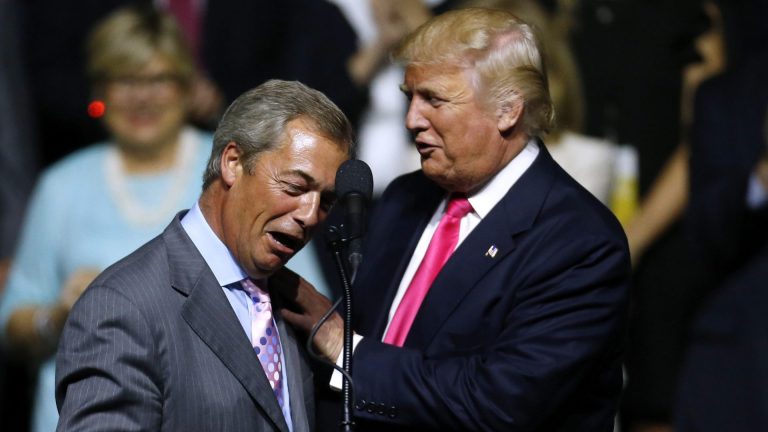Two of the government’s flagship post-Brexit visa routes designed to lure the “brightest and best” to work in the UK equated to less than two per cent of the total work visas issued last year, analysis of government figures reveal.
According to statistics contained in detailed government immigration records, 2,186 High Potential Individual (HPI) visas and 4,181 Global Talent visas were issued to main applicants in 2023. Combined, these made up less than two per cent of the 337,240 work visas issued to migrants last year.
The data was analysed by visa experts at immigration and visa law firm A Y & J Solicitors. Company director Yash Dubal says the data illustrates the gap between the government’s messaging on immigration and the reality of the points-based system.
He said: “When these new routes were announced the emphasis was very much about how the UK’s immigration system was designed to attract the most talented people from around the world. The reality has been somewhat different because the figures show that while high achievers have taken advantage of these routes, they have done so in modest numbers and as a tiny percentage of overall work visas.”
The Global Talent visa is described as a “key part of the UK’s offer for talented and promising individuals in the fields of science and research, digital technology, and the arts”. Unlike the Skilled Worker visa route, applicants are not required to have a job offer in the UK. It was introduced in February 2020 to replace the Tier 1 (Exceptional Talent) visa.
Applicants must either be endorsed by an endorsing body in their specialist field or hold an international prize, such as a Nobel Prize or a Grammy.
A recent government review of the route conducted by Ipsos found that nearly all Global Talent visa holders were in employment of some kind (98%) and around 9 in 10 (87%) agreed that their current job suited their skills and experience. While 56% had a gross salary between £31,200 and £51,999, with a further quarter earning £52,000+ per annum the review suggests that almost a fifth do not earn above the average UK wage of £34,963.
Almost 70 per cent worked in academia (67%), followed by business and commerce (14%), and creative industries (11%).
In the three years after the route was introduced 12,243 Global Talent visas were granted, encompassing both those who had applied via endorsing bodies or through the Prestigious Prize pathway.
The High Potential Individual visa was launched in May 2022 as a way of attracting graduates from some of the world’s top universities. It faced criticism for favouring alumni from richer nations.
The route is open to anyone who graduated from one of a list of specific universities in the past five years. The visa allows holders to work in Britain for two years, or three years if they hold a PhD.
None of the selected universities on the list are in Africa, Latin America, or South Asia. Numbers of applicants dipped to below 500 in the last quarter of 2023 and applicants were largely from North America and East Asia.
Mr Dubal argues that as High Potential Individual visa applicant numbers are low, the government should consider widening the geographic spread of approved institutions to attract talented and skilled workers from a bigger area.
“The list as it stands represents a very narrow worldview as it assumes that the top graduates who studied in India, Africa and South America are not as talented as those from North America and Europe,” he said. “If the UK wants to compete for talent with other countries such as the USA, Australia and Germany it needs to cast the net wider.”











